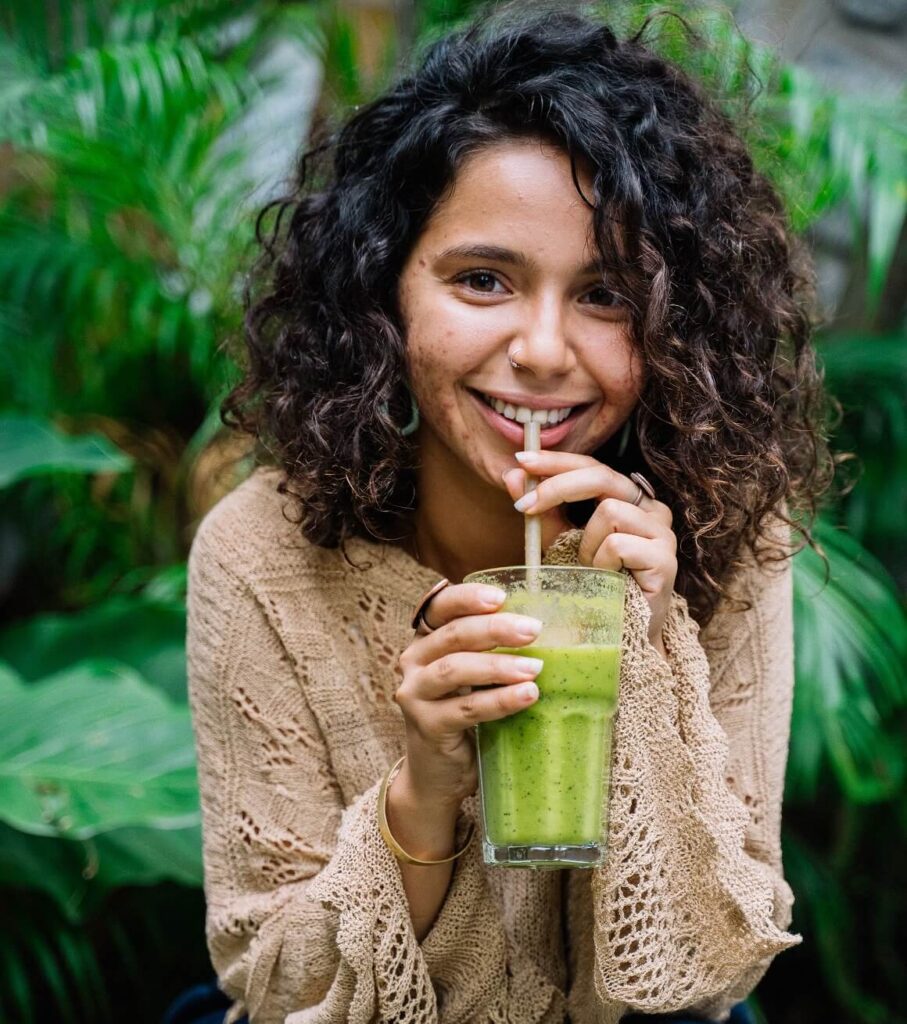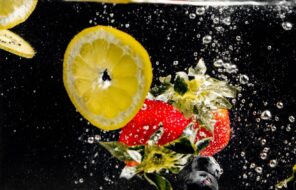When you think of seafood, chances are you imagine fish, crabs, mussels, and lobster. But sea vegetation can be a nutritious addition to your diet, too. If your only experience with seaweed is the sheet of nori wrapped around a sushi roll, you have an ocean of possibilities ahead of you.
Not sure about sea moss? We’ve got answers about this ocean ingredient that’s hooking people’s attention.
What is sea moss?
Sea moss comes from a few different species of marine plants. These plants are different types of red algae, especially a kind known as Irish moss.
And it doesn’t look like the moss you’d see on a tree or the film of “pond scum” algae you might notice in ponds. In its natural state, sea moss is a red-to-purplish color and has ruffly fronds, like frilly lettuce or shredded cabbage.
Unlike lettuce, though, sea moss is known for a substance called carrageenan that’s used as a thickening agent. Some historic recipes used carrageenan the way we might use gelatin, like as a thickener for custards, ice cream, or other foods.
If you buy sea moss, you can get a package of the dehydrated plant, which will look a little like dried, tangled noodles or ramen. Or, as most influencers on TikTok do, you can buy a jar of a processed version. Just be prepared to find a slightly ocean-smelling goop when you open the lid.
Why is sea moss trending?

Sea moss has recently exploded in popularity. Kim and Khloe Kardashian use it, among other celebrities. Influencers on TikTok are following the current to see if this sea superfood could make waves in their diet.
Results are … mixed. Some influencers rave about the glowing effects on their skin, hair, and gut health. Others even say it helped with their anxiety or “cleared my body of mucus.” (Fun fact: You need a certain amount of mucus to be healthy! Don’t rush to buy something just because it makes claims about “clearing out” a natural part of your body.) And while sea moss gel is easy to mix into a smoothie, a few influencers who claimed to love it plain don’t seem quite as convincing.
It’s always fun to discover a new health trend, but it’s also good to fact-check what you hear online. So, we dug in to find out: Is sea moss worth the hype?
Sea moss benefits
Sea vegetables often contain a variety of vitamins and minerals, and sea moss is no exception. Two tablespoons of sea moss will give you the following:
- 14.4 mg magnesium
- 7 mg calcium
- 15 mg phosphorous
- 6 mg potassium
- 6 mg sodium
- Small amounts of many other vitamins and minerals
Sea moss is also a rich source of iodine. Even a spoonful or two can take you a long way toward recommended amounts of iodine. This particular nutrient can be tricky, though. Too little or too much can both have harmful effects, especially on your thyroid.
Can sea moss be bad for you?
If you have thyroid issues in your or your immediate family’s medical history, definitely talk to a doctor before trying sea moss, as iodine and thyroid health can get complicated. A doctor can tell you how much is appropriate to take as a dose or if you should steer clear of sea moss altogether.
For anyone, take it easy to start. You shouldn’t be eating more than two spoonfuls a day, max — and lots of people will find one spoonful a day or even every other day feels better for their bodies. Again, it’s best to speak with your doctor before making any changes to your diet.
Alternatives to sea moss

Getting extra vitamins in your meals is often a good thing. If you’re not sold on the flavor or texture of sea moss, you can still load up your plate with plenty of other veggies to get the same nutritional boost.
An ounce of sea moss has 0.89 mg of iron, for example. So does spinach. Half a cup of cooked broccoli will match sea moss for magnesium. If your doctor has advised you to get extra iodine in your diet, other seafood products like cod or nori are good sources. Or, you can sprinkle iodized salt on your food.
The future of sea moss and the best ways to try it
Sea moss sales hit $326 million in 2021, and this ingredient is expected to surge 10% annually for the next several years. It’s particularly popular with vegans and health and fitness lovers looking for a low-calorie, nutritious addition to their diets.
Here are some advantages of sea moss:
- It’s easy to mix a scoop into a smoothie.
- With just 5 calories for 2 tablespoons, it’s a very low-calorie way to add a variety of vitamins and minerals to your meal.
- It’s ready to eat plain and needs no prep time.
- It keeps for weeks or longer in the fridge, months in the freezer, and over a year for unopened packs of dried moss.
If eating fruits and vegetables is challenging for you, sea moss can be a way to add some nutrients to your diet. If you’d like to give it a try to see if you get some influencer-worthy hair and skin effects, try it on its own, blend it with other ingredients, or snack on dried moss.
Just be sure to double-check with your doc first, especially if you have health issues that could make you sensitive to iodine. And remember: A little moss can go a long way!





